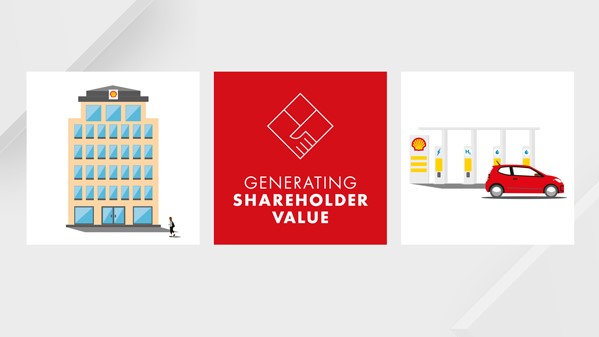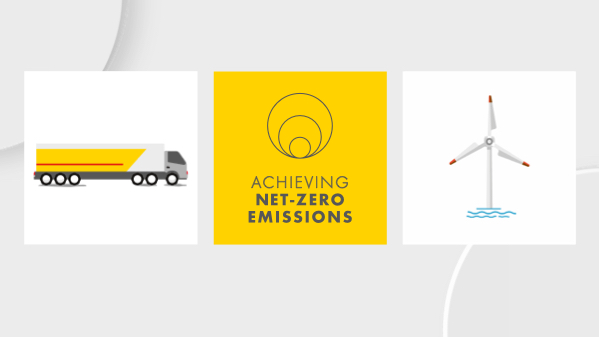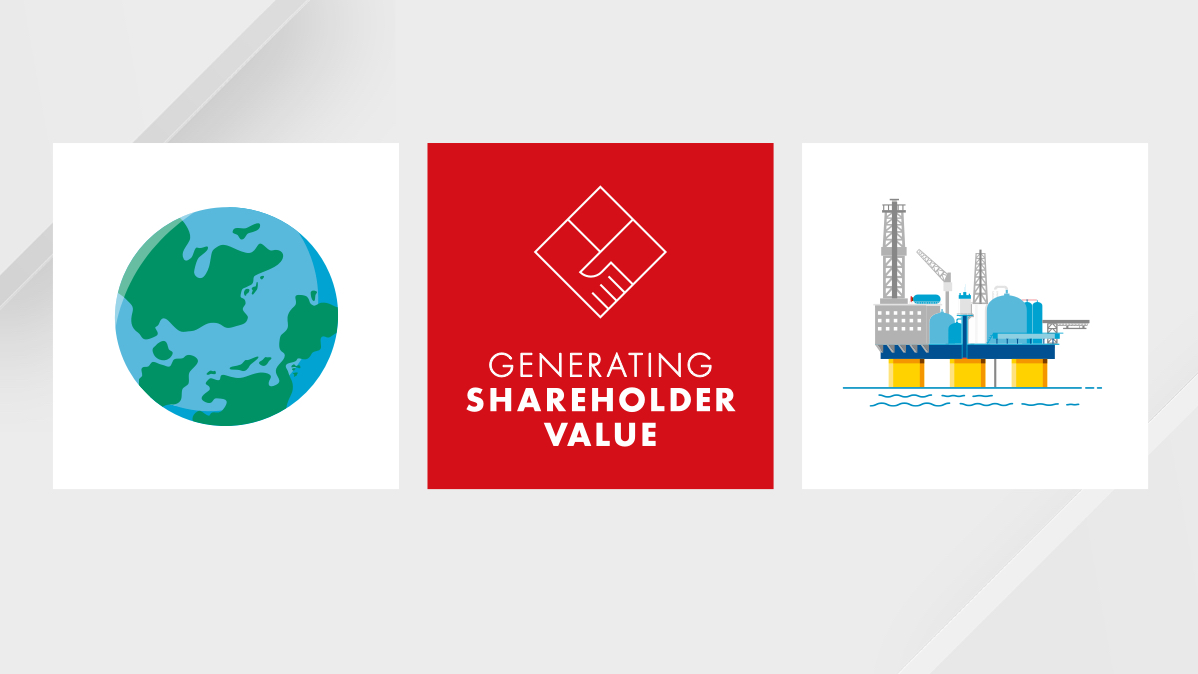Businesses and tax
Governments use tax to raise revenues. Revenue agencies audit and collect these taxes. Most businesses are subject to tax, regardless of whether they are multinational corporations or home-office enterprises. Businesses pay direct taxes to the government and they collect indirect taxes on behalf of governments as a supplier of goods or services.
Companies pay and collect a range of taxes
- Corporate income tax: Direct tax on profits, after operating costs have been deducted from revenues.
- Value-added tax (VAT): Indirect tax due on the purchase of goods and services, typically as a percentage of the sales price of the item or service. Companies administer VAT collection and payment on behalf of governments.
- Employment taxes: Companies routinely collect income taxes on employees’ salaries and pay these taxes to the government. Companies also pay employer taxes on employees’ salaries on behalf of the employee.
- Excise duties: An indirect tax on manufacturers due at the point of production rather than sale, which generally forms part of the cost of the product.
- Customs duties: An indirect tax imposed on goods as they either enter or leave a country.
When a business collects indirect taxes on behalf of a government, it carries the cost of gathering the financial data, preparing reports and executing payments. This process helps governments collect taxes more efficiently. For example, it is easier to collect VAT from businesses than from individual consumers.
Tax generates revenue for governments
Governments raise revenues through taxes to pay for public services, such as education, health care and transport. Governments set their fiscal policies and the rules for individual and business taxes.
According to 2021 figures from the OECD [A], social security contributions amounted to the largest share of tax revenues in the OECD, at just over one-quarter on average. Together with personal income taxes, these two tax types amounted to nearly one-half of tax revenues in OECD countries. OECD data on the average split of member countries’ tax revenues show that corporate income tax raises around 10% of total tax revenues.
Tax treatments – such as tax rates, reliefs, exemptions and allowances or disallowances – are typically approved by national parliaments. Companies must comply with relevant tax laws. Audits and controls by tax authorities help to check whether companies are compliant.
Governments can use targeted tax incentives for specific policy objectives, such as protecting the environment, reducing carbon emissions or encouraging advances in areas like research and development. Governments often design incentives to attract domestic and international investment, which can boost economies, create jobs and develop communities. When available and appropriate, we make use of tax incentives and exemptions where we have a business activity that qualifies.
Some governments may choose to lower specific taxes, like corporate income tax. These are deliberate policy decisions and not unintended tax loopholes. Such incentives are designed by governments to attract investment in areas where development may benefit their countries.
When governments offer such incentives, they may expect to raise revenues through other types of taxes, such as employment taxes or export duties.
[A] Revenue Statistics 2021: The Initial Impact of COVID-19 on OECD Tax Revenues.
Most businesses pay corporate income tax where profits are made
Corporate income tax is typically due by law in countries where profits are made. This should correspond to where the business activity occurred. The tax due is determined by the tax system of the country or location where that activity took place.
Governments design and apply tax rules to the profits generated in their countries and assess what is owed by businesses. Corporate income tax is payable on profits, not revenues. See the table “Simplified example of application of local tax law” for how tax rules are applied to calculate the tax due.
There are instances when a multinational enterprise like Shell faces double taxation. This is when two jurisdictions seek to tax the same business income, resulting in a company or a transaction being taxed twice. We believe that profit should only be taxed once, in line with the positions of the United Nations and the OECD.
In 2021, Shell reported pre-tax income of $30 billion compared with a 2020 loss of $27 billion, largely as a result of asset impairments recorded that year. In 2021, Shell paid $58.7 billion to governments (2020: $47.3 billion). We paid $6.0 billion in corporate income taxes and $6.6 billion in government royalties, and collected $46.1 billion in excise duties, sales taxes and similar levies on our fuel and other products on behalf of governments.
We reported a corporate income tax charge of $9.2 billion for 2021. In most countries and locations, the corporate income tax we pay differs from the accounting tax credit or charge. This is because tax paid can include payments relating to previous years, the current year and future years.
Our effective tax rate (ETR) is calculated by dividing the tax charge of $9.2 billion by the total income before taxation of $29.8 billion, resulting in an ETR of 30.8% for 2021. For comparison, in 2021 the average corporate income tax rate levied by the 38 countries that were members of the OECD was 23.1% [B].
Our ETR is typically higher than the average corporate income tax rate in OECD countries, partly because many governments apply a higher corporate income tax rate to profits made by oil and gas production activities. In some cases, this tax rate can be more than 80%. Our ETR is a blend of the different statutory tax rates applied to our various businesses and the different tax laws with which we have sought to comply.
[B] Source: OECD Tax Database 2021 Combined Statutory CIT rates (%), 2000-2021.
The following table provides a simplified example of local tax law. The data in this table is not Shell data and is used for illustrative purposes only.
Simplified example of application of local tax law |
$ |
|---|---|
Revenues |
2,500,000 |
Cost of operations |
(500,000) |
Cost of financing the business |
(150,000) |
Cost arising from equipment |
(175,000) |
Research and development |
(100,000) |
Profit before tax per the accounts |
1,575,000 |
|
|
Adjustment to accounting profit based on the application of laws |
|
Additional research & development tax relief |
(50,000) |
Additional tax relief for investment in new plant and machinery |
(50,000) |
Denial of deduction for some finance costs (for example perhaps relief is only available up to a certain percentage per year) |
25,000 |
|
|
Profits subject to tax |
1,500,000 |
Tax due at statutory tax rate |
375,000 |
Effective tax rate (375,000 / 1,575,000) |
23.8% |
Governments collect different types of taxes
Sources of government revenue
Companies operating in the oil and gas industry also contribute to public finances by paying royalties, bonuses, fees, and a host government’s production entitlements. For example, in 2021 we paid around $10.5 billion in production entitlements. This is more than we paid in corporate income tax.
Our Payments to Governments Report shows how we directly contributed to public finances in 2021 as a result of our exploration and production activities.
In certain jurisdictions it is often referred to as a Goods and Services Tax (GST) or equivalent. See GST.









